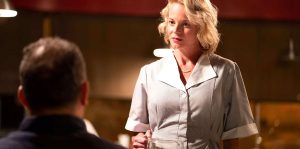
One can be forgiven for having an attachment to a specific location or region. Jim Jarmusch’s Patterson serves as an example of how a setting can give life to a project beyond simply being where a narrative is set. Writer/director Andy Stapp’s Destination Marfa is a love letter to West Texas, and it shows in the way the region is captured on film. Unfortunately, what should have been a fun mash-up of sci-fi and horror is ultimately hindered by a weak script that undermines any potential distinction.
The scenario centers on four young friends returning from the Terlingua Chili Cook-Off who, as a result of ignoring some fundamental warning signs, stop in the town of Marfa, Texas. The group consists of the generally stoic Erik (Marcus Jahn), the cootie-catcher-wielding bro Matthew (Kyle Colton), the inexplicably wise and caring Eden (Brittany Jo Alvarado), and the spunky Allie (Tracy Perez). As advertised, things get weird when they get to Marfa, a town notorious for strange lights occasionally visible at night. Where do these lights come from, and why are the town’s citizens acting so weird?
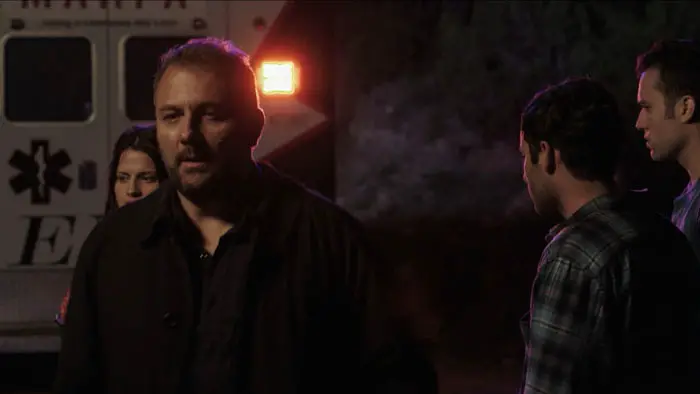
“…things get weird when they get to Marfa, a town notorious for strange lights occasionally visible at night.”
While the storyline of Destination Marfa sounds like a recipe for a moderately successful independent genre film, the disappointing writing, particularly regarding the characters and the dialogue, proves to be insurmountable. The leads are flat and never break free from their unimaginative archetypes, while the lines are elementary at best. Their interactions with each other and the denizens of Marfa are often distractingly unnatural, and the lack of chemistry between these supposed life-long friends prevents any serious suspension of disbelief necessary for such a far-fetched plot. We shouldn’t necessarily fault the cast for this, though, as the writing doesn’t allow for performative success. The reveals toward the end are moderately interesting, but the audience has lost any empathy for these people by that point (or never had any to begin with).
However, there is an undeniable aesthetic charm present throughout. The desert landscape contrasts nicely with the blue-hued sequences that dominate the screen as the film progresses. The colors serve as an important plot indicator and are used to good effect. However, the reds and blues can be a little too vibrant at times, especially in one extended sequence, in particular, where they’re overwhelming because of the flashing lights from a police car. Even still, Stapp makes a visually interesting film with such limited resources, which shows that he appreciates what one can accomplish in the medium.
All that said, we end up reaching the inescapable conclusion that the entire work is akin to a Tourist’s Guide to Marfa. The characters stop at a roadside tribute to George Stevens’s 1956 film Giant or a random (but admittedly fascinating) faux Prada store in the middle of the desert. Ultimately, these detours give the sense that Stapp prioritized the location over the narrative as the inclusion of these oddities doesn’t serve the story in any meaningful way. Most tragic is that the real-life Marfa lights, which ostensibly should provide a sense of mystery to viewers, aren’t that enigmatic if one does a cursory search on Google – regardless of the credits indicating they are “unexplained.” This proves indicative of the problem with Destination Marfa. As great as it sounds on the brochure, not much will stop you from feeling underwhelmed once you pay a visit. Because of this, it’s recommended that viewers don’t get off the freeway.
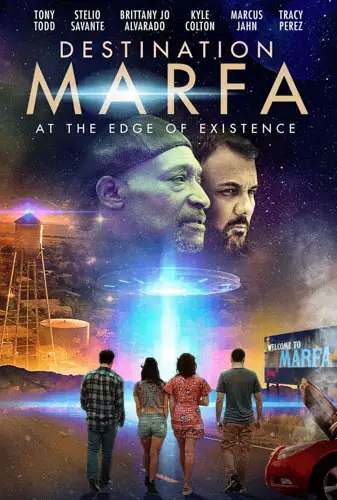
"…undeniable aesthetic charm..."
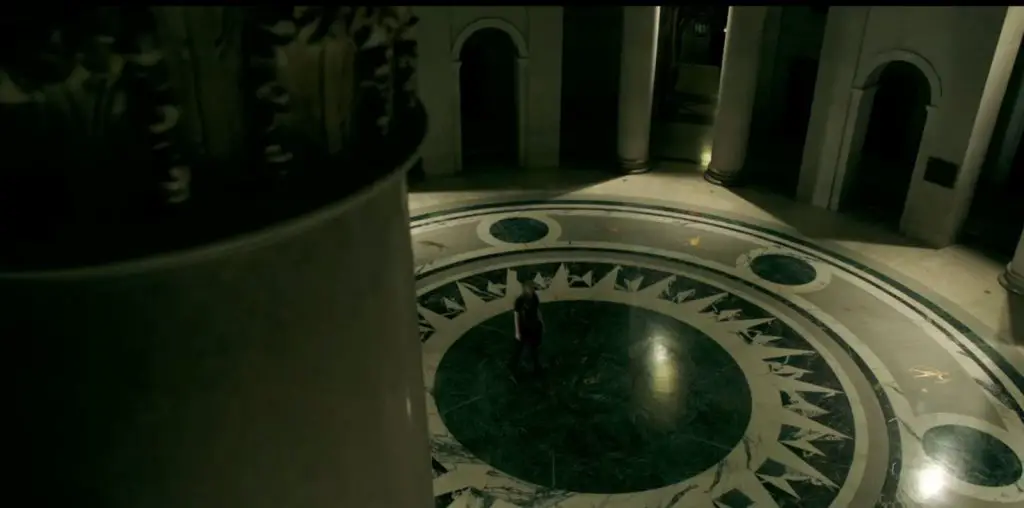
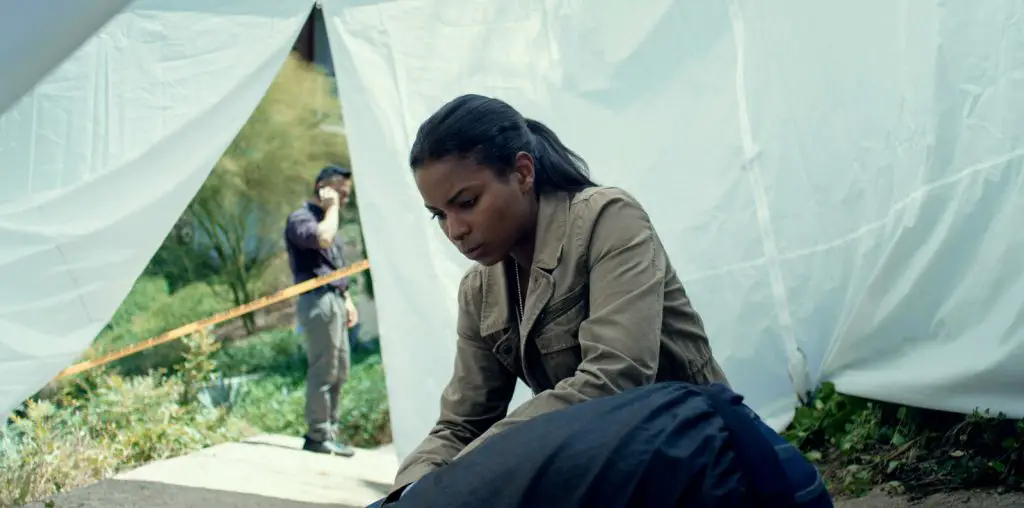

Very good review